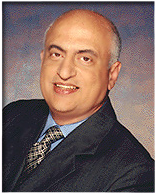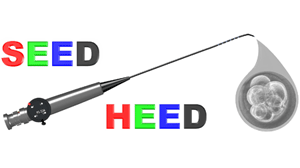Optimize your success of pregnancy and delivery while minimizing risks and side effects from IVF procedures.

Welcome to West Coast Infertility Clinic, Inc., a specialized infertility treatment center that has served individuals and families for more than 40 years. With the use of advanced treatments (SEED/HEED) sources of hope are given to patients with prior failed IVF using the conventional transfer technique of “blind” entry and placement of embryo transfer catheter.
With our advanced techniques (SEED/HEED) we have an 80% positive pregnancy test result rate with the transferring of only 2 embryos in women less than 40 y/o. In select circumstances, 1 embryo is transferred, which significantly decreases the risks associated with not just twins, but also with other high order multiple pregnancies.
Previously Failed IVF Innovative new technology using sub endometrial embryo delivery (SEED) and hysteroscopic endometrial embryo delivery (HEED) techniques are available at West Coast Infertility Clinic, Inc. These advanced treatments are sources of hope to patients with prior failed IVF using the conventional transfer technique of “blind” entry and placement of embryo transfer catheter.
Over 40 Years of Industry Experience
To learn more about the treatments and fertility services we offer, contact us.

A Phi Beta Kappa graduate of the University of Illinois, Dr. Kamrava received his medical education at Case Western Reserve University School of Medicine, took his residency at Cleveland’s Mt. Sinai Hospital, and completed his fellowship training in reproductive endocrinology and infertility (REI) at Harvard Medical School’s Beth Israel Hospital.
Dr. Kamrava presented a landmark paper at the Eleventh World Congress on Fertility and Sterility in Dublin in 1983 on ovulation induction and conception using subcutaneous pulsatile GnRH; the GnRH pump therapy, approved by the FDA in 1992, is now a standard treatment regimen. He did the first thriving extended 5-day human embryo culture with the help of special cells in 1994.


© 2022 West Coast IVF Clinic, Inc. Website by web.com